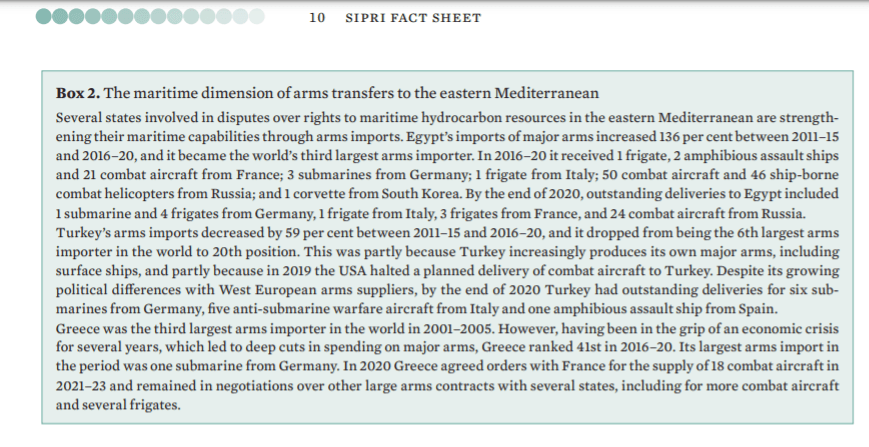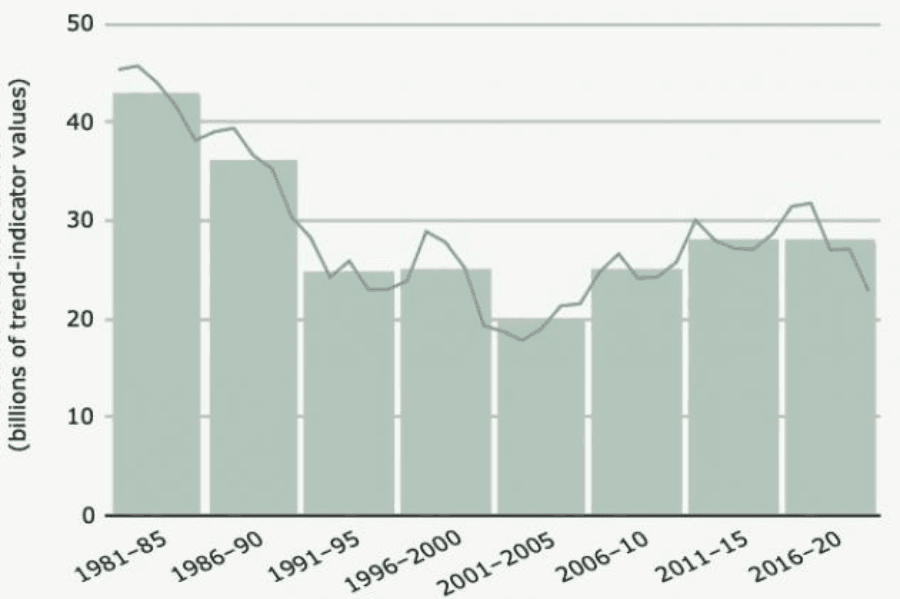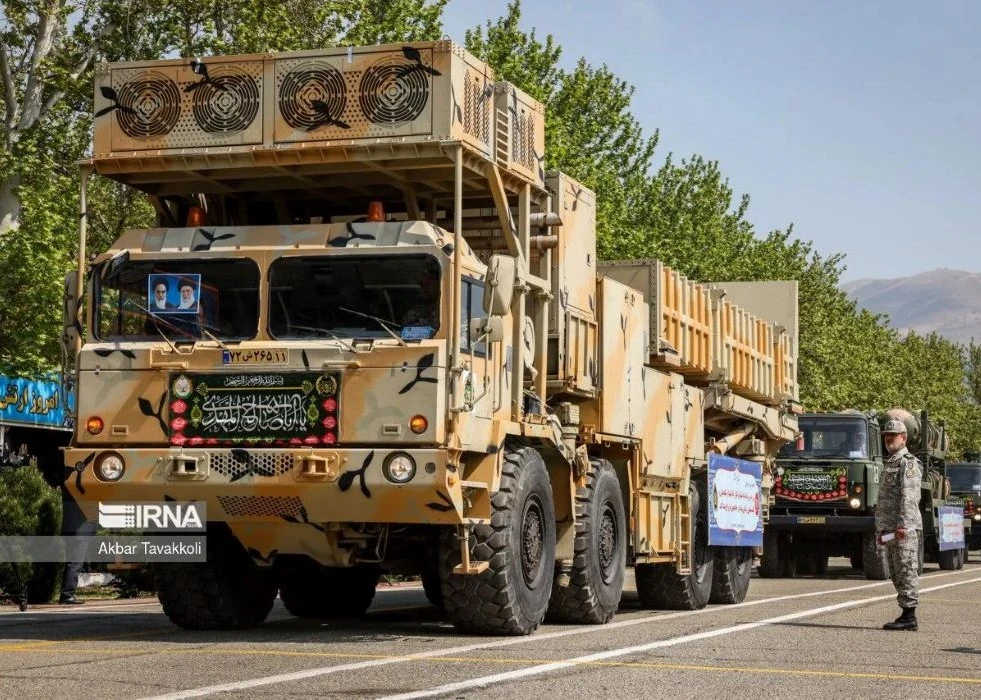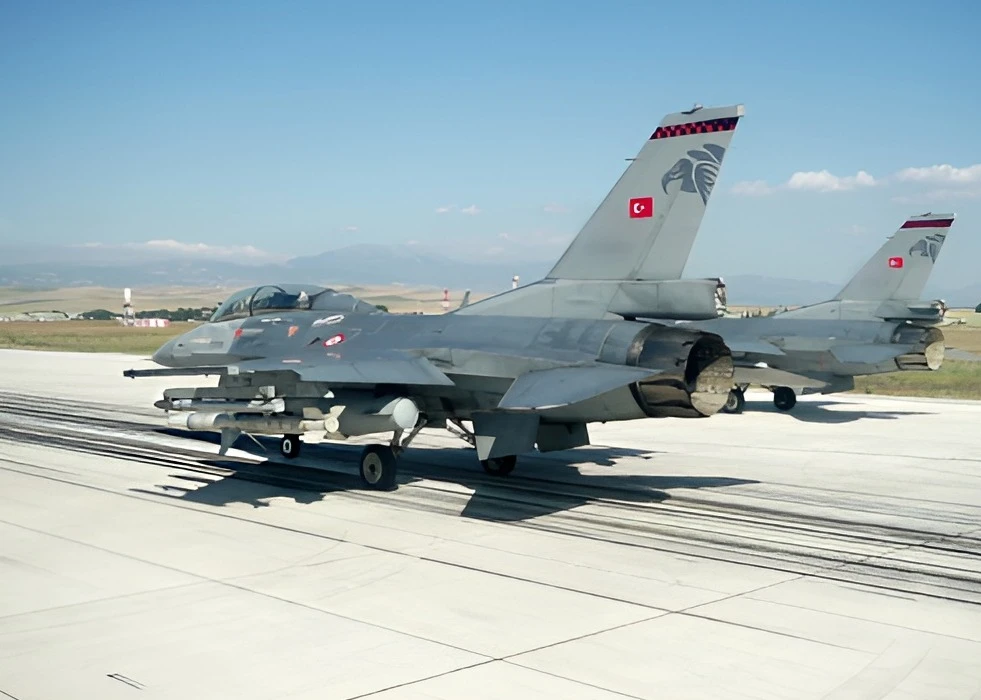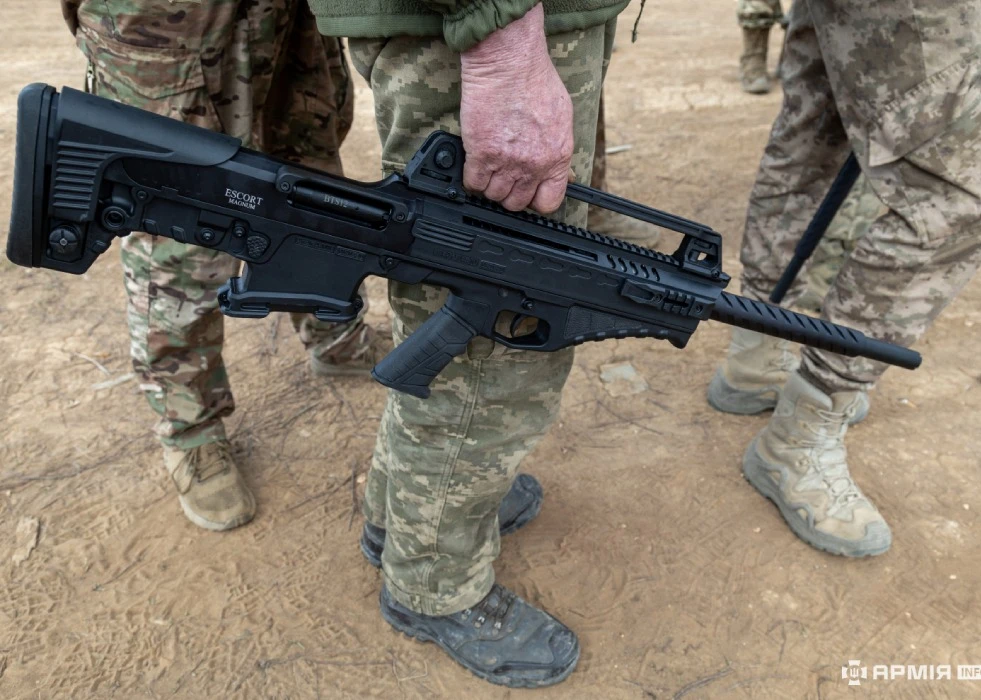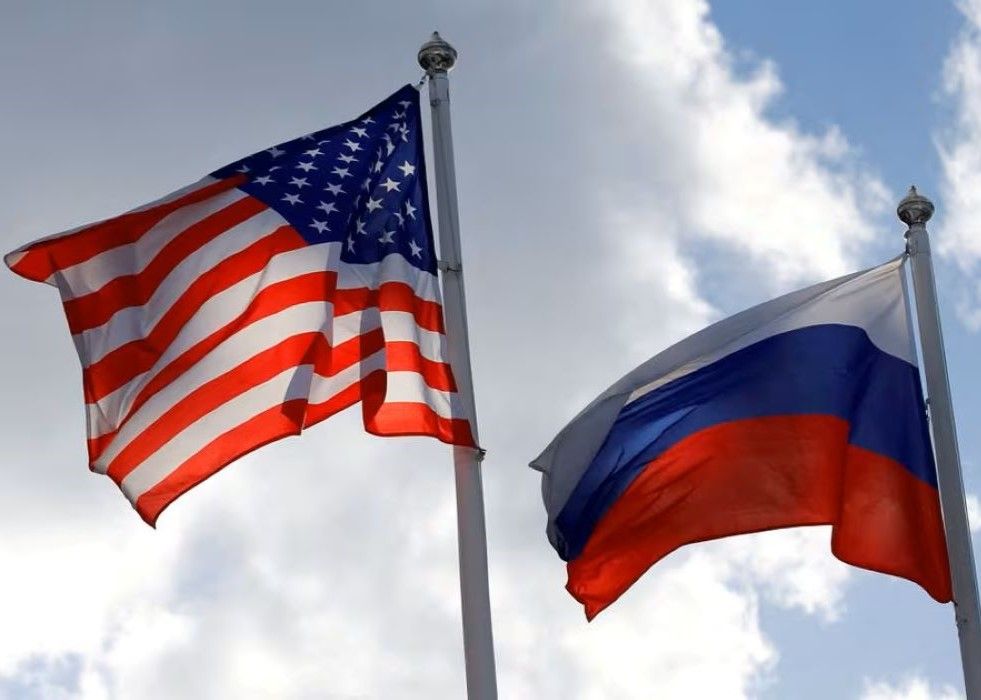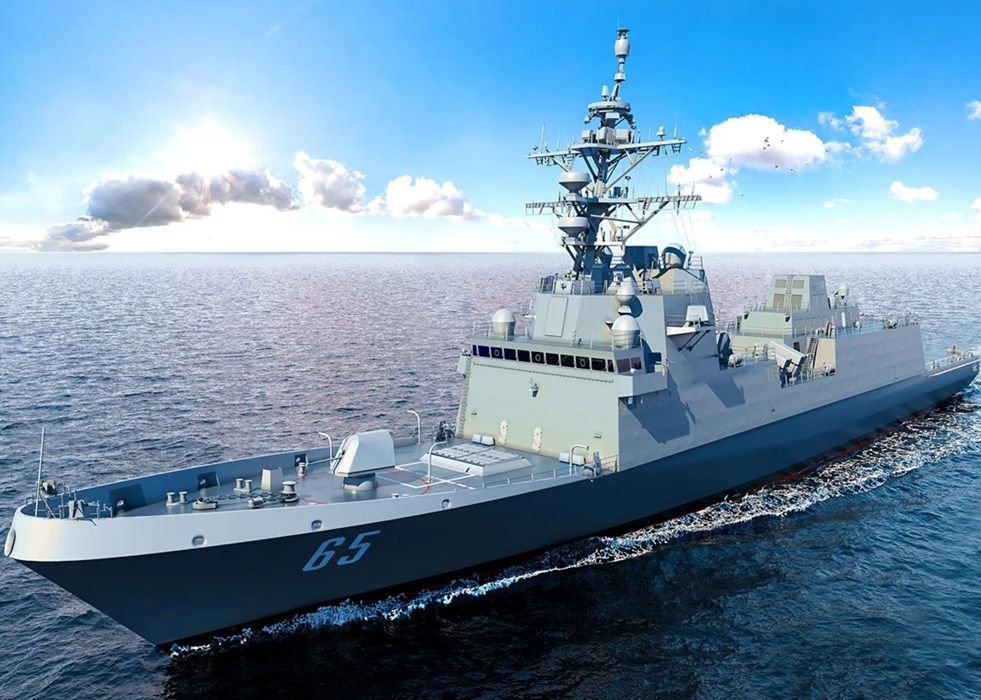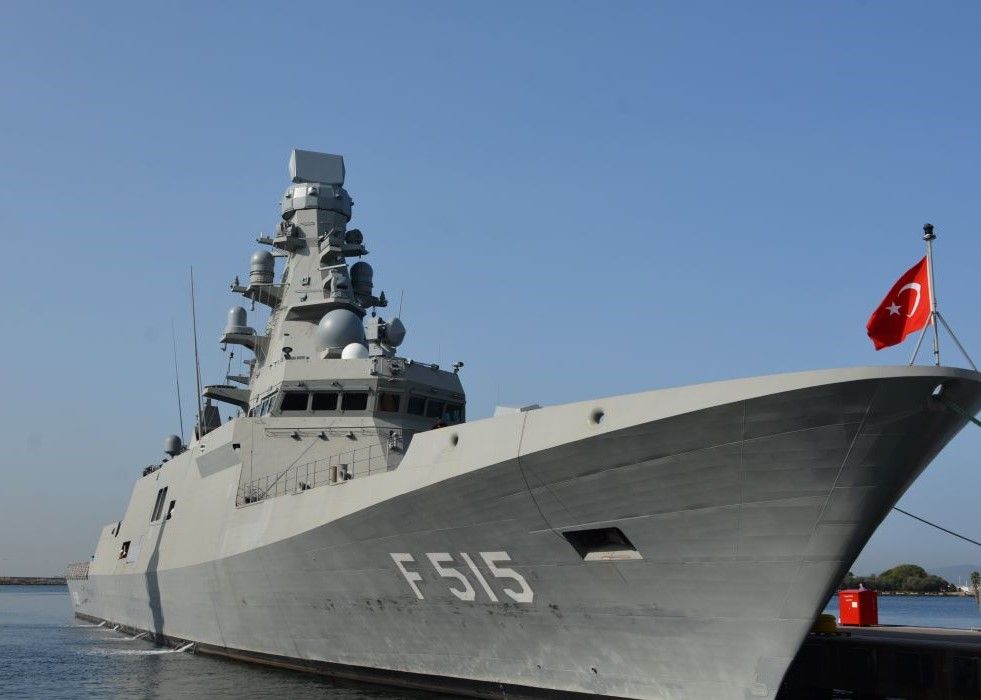International watchdog (Stockholm International Peace Research Institute /SIPRI) to research conflict, armaments, arms control and disarmament, SIPRI has published a new update about the international arms trade. According to the SIPRI report, international transfers of major arms stayed at the same level between 2011–15 and 2016–20. Substantial increases in transfers by three of the top five arms exporters—the USA, France and Germany—were largely offset by declining Russian and Chinese arms exports. Middle Eastern arms imports grew by 25 per cent in the period, driven chiefly by Saudi Arabia (+61 per cent), Egypt (+136 per cent) and Qatar (+361 per cent).
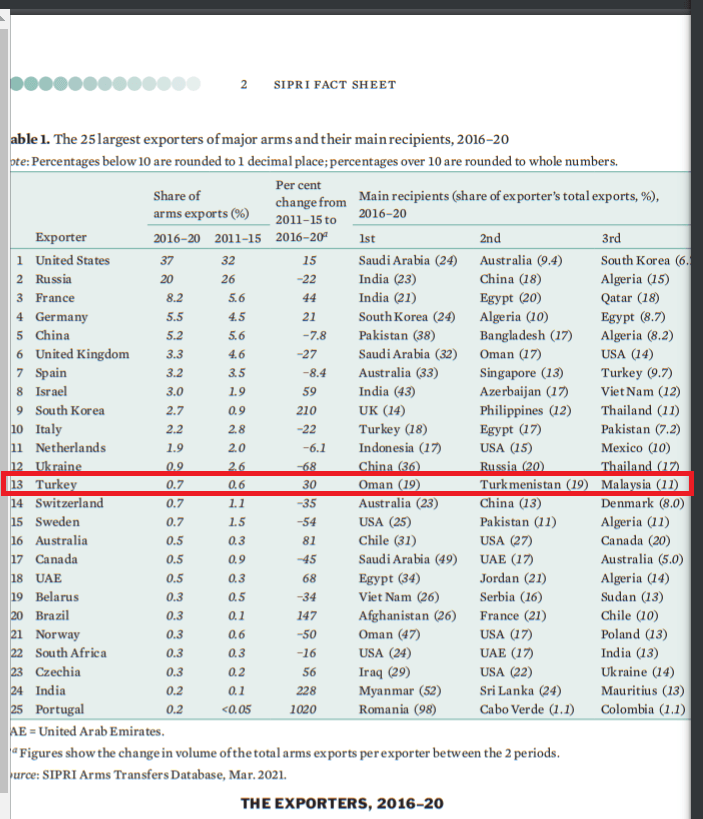
The more detailed report states that “the volume of international transfers of major arms in 2016–20 was 0.5 per cent lower than in 2011–15 and 12 per cent higher than in 2006–10. The five largest arms exporters in 2016–20 were the United States, Russia, France, Germany and China. The five largest arms importers were Saudi Arabia, India, Egypt, Australia and China. Between 2011–15 and 2016–20, there were increases in arms transfers to the Middle East (25 per cent) and to Europe (12 per cent), while there were decreases in the transfers to Africa (–13 per cent), the Americas (–43 per cent), and Asia and Oceania (–8.3 per cent).”
For the first time since 2001–2005, the volume of deliveries of major arms between countries did not increase between 2011–15 and 2016–20. However, international arms transfers remain close to the highest level since the end of the cold war.
US, French and German exports rise, Russian and Chinese exports fall
The United States remains the largest arms exporter, increasing its global share of arms exports from 32 to 37 per cent between 2011–15 and 2016–20. The USA supplied major arms to 96 states in 2016–20, far more than any other supplier. Almost half (47 per cent) of US arms transfers went to the Middle East. Saudi Arabia alone accounted for 24 per cent of total US arms exports. The 15 per cent increase in US arms exports between 2011–15 and 2016–20 further widened the gap between the USA and the second-largest arms exporter Russia.
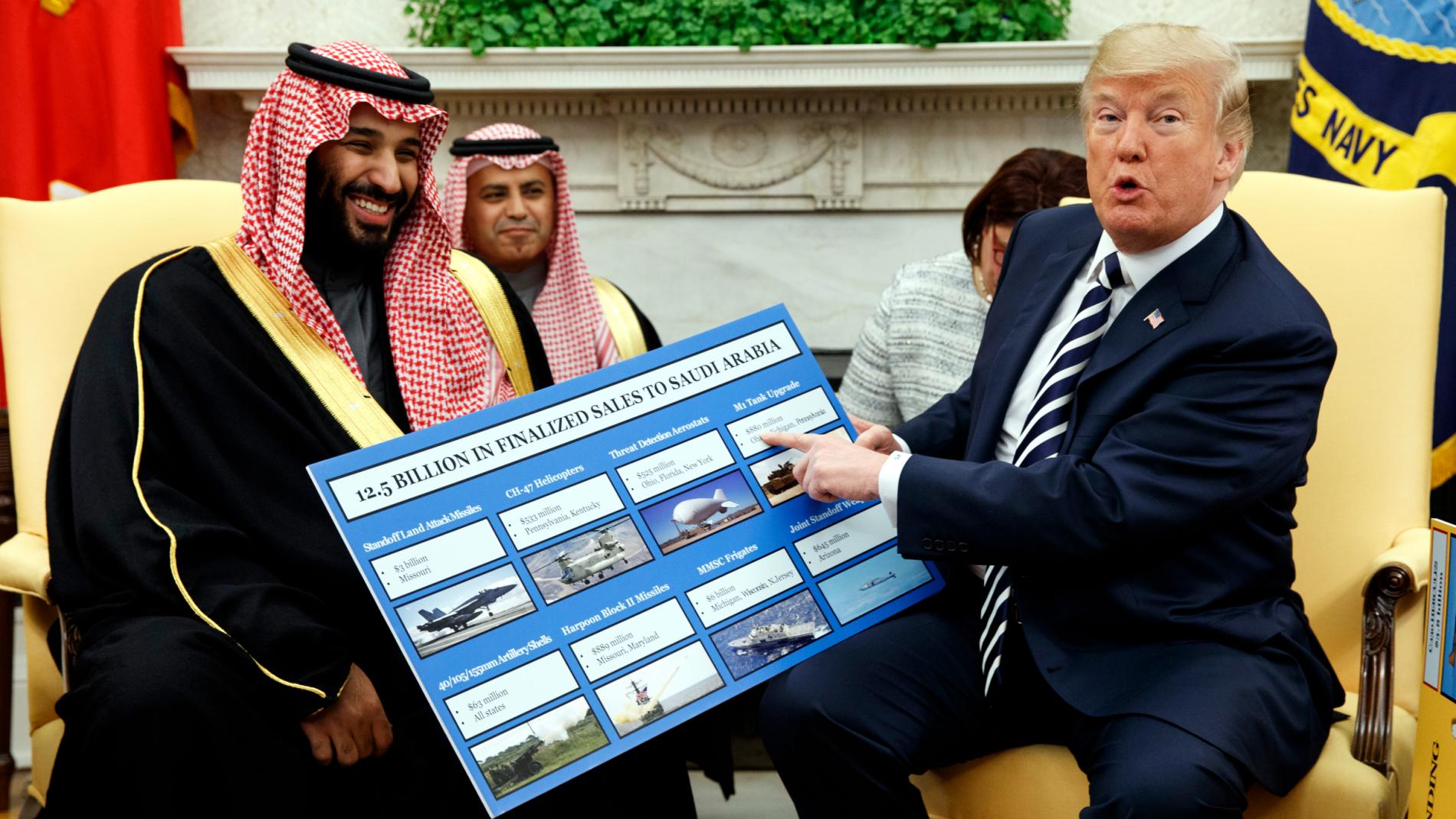
The third and fourth largest exporters also experienced substantial growth between 2011–15 and 2016–20. France increased its exports of major arms by 44 per cent and accounted for 8.2 per cent of global arms exports in 2016–20. India, Egypt and Qatar together received 59 per cent of French arms exports.
Germany increased its exports of major arms by 21 per cent between 2011–15 and 2016–20 and accounted for 5.5 per cent of the global total. The top markets for German arms exports were South Korea, Algeria and Egypt.
Russia and China both saw their arms exports falling. Arms exports by Russia, which accounted for 20 per cent of all exports of major arms in 2016–20, dropped by 22 per cent (to roughly the same level as in 2006–10). The bulk—around 90 per cent—of this decrease was attributable to a 53 per cent fall in its arms exports to India.
‘Russia substantially increased its arms transfers to China, Algeria and Egypt between 2011–15 and 2016–20, but this did not offset the large drop in its arms exports to India,’ said Alexandra Kuimova, Researcher with the SIPRI Arms and Military Expenditure Programme.
Exports by China, the world’s fifth-largest arms exporter in 2016–20, decreased by 7.8 per cent between 2011–15 and 2016–20. Chinese arms exports accounted for 5.2 per cent of total arms exports in 2016–20. Pakistan, Bangladesh and Algeria were the largest recipients of Chinese arms.
The biggest growth in arms imports was seen in the Middle East. Middle Eastern states imported 25 per cent more major arms in 2016–20 than they did in 2011–15. This reflected regional strategic competition among several states in the Gulf region. Saudi Arabia—the world’s largest arms importer—increased its arms imports by 61 per cent and Qatar by 361 per cent. Arms imports by the United Arab Emirates (UAE) fell by 37 per cent, but several planned deliveries of major arms—including of 50 F-35 combat aircraft from the USA agreed in 2020—suggest that the UAE will continue to import large volumes of arms.
Egypt’s arms imports increased by 136 per cent between 2011–15 and 2016–20. Egypt, which is involved in disputes with Turkey over hydrocarbon resources in the eastern Mediterranean, has invested heavily in its naval forces.
Turkey’s arms imports fell by 59 per cent between 2011–15 and 2016–20. A major factor was the USA halting deliveries of F-35 combat aircraft to the country in 2019 after Turkey imported Russian air defence systems. Turkey is also increasing domestic production of major arms, to reduce its reliance on imports.
Asia and Oceania was the largest importing region for major arms, receiving 42 per cent of global arms transfers in 2016–20. India, Australia, China, South Korea and Pakistan were the biggest importers in the region.
Japan’s arms imports increased by 124 per cent between 2011–15 and 2016–20. Although Taiwan’s arms imports in 2016–20 were lower than in 2011–15, it placed several large arms procurement orders with the USA in 2019, including for combat aircraft.
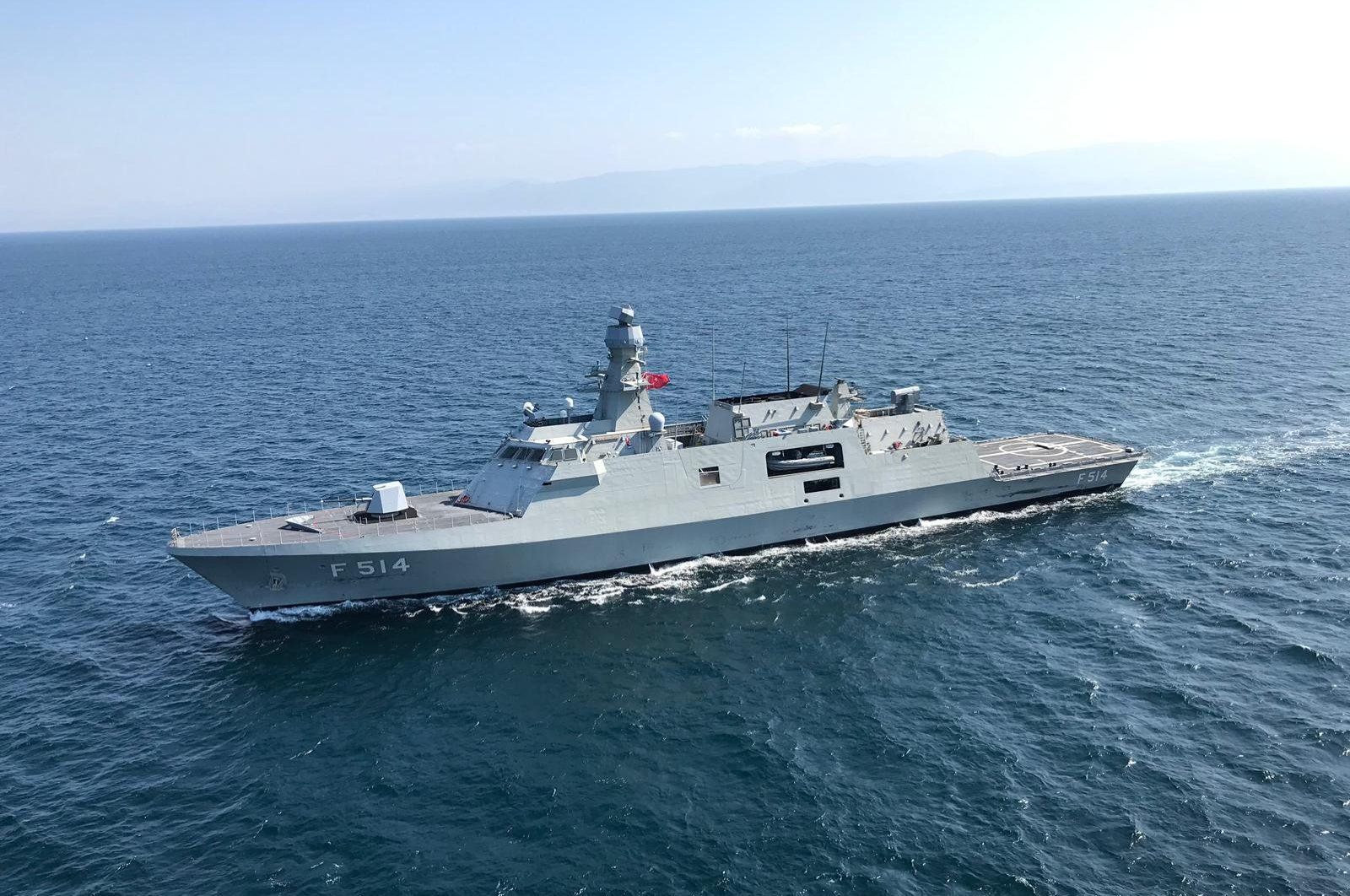
Other notable developments:
Arms exports by the United Kingdom dropped by 27 per cent between 2011–15 and 2016–20. The UK accounted for 3.3 per cent of total arms exports in 2016–20.
Israeli arms exports represented 3.0 per cent of the global total in 2016–20 and were 59 per cent higher than in 2011–15.
Arms exports by South Korea were 210 per cent higher in 2016–20 than in 2011–15, giving it a 2.7 per cent share of global arms exports.
Between 2011–15 and 2016–20, there were overall decreases in arms imports by states in Africa (–13 per cent), the Americas (–43 per cent) and Asia and Oceania (–8.3 per cent).
Algeria increased its arms imports by 64 per cent compared with 2011–15, while arms imports by Morocco were 60 per cent lower.
In 2016–20 Russia supplied 30 per cent of arms imports by countries in sub-Saharan Africa, China 20 per cent, France 9.5 per cent and the USA 5.4 per cent.
China was the largest arms importer in East Asia, receiving 4.7 per cent of global arms imports in 2016–20.
The report indicates the Turkish Defence Industry export increases in various fields at different rates.
